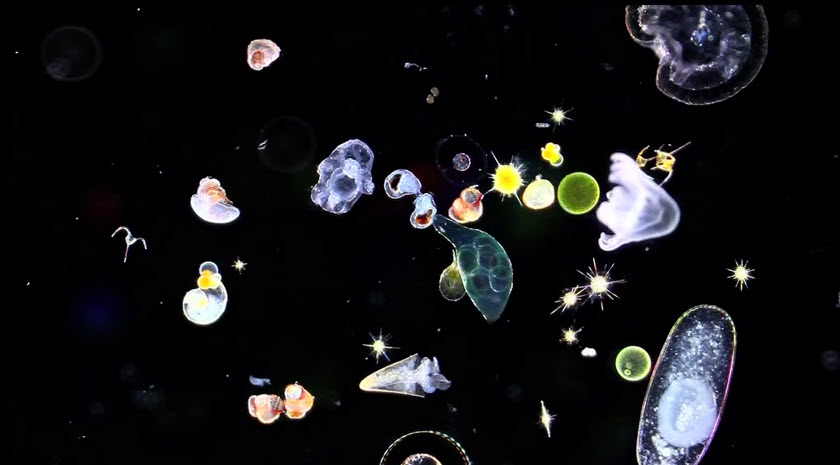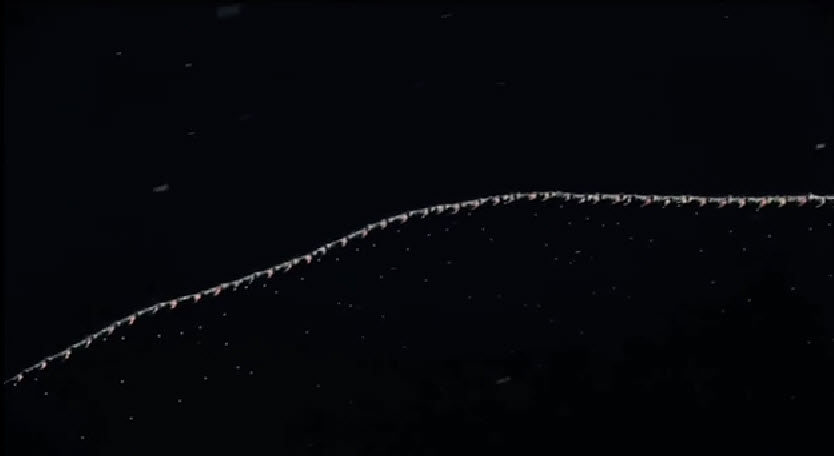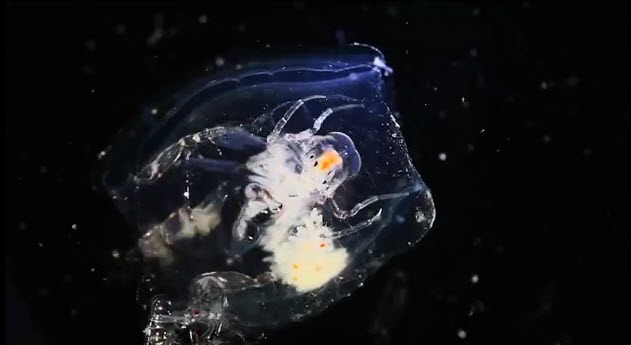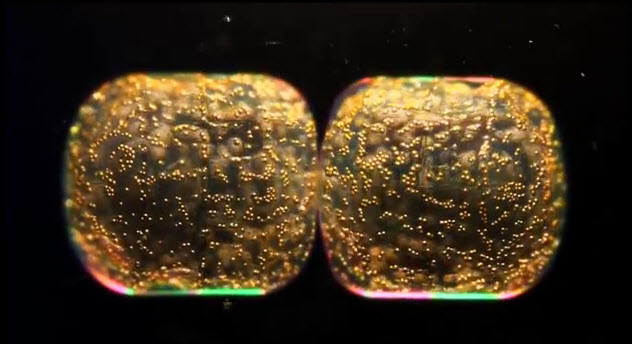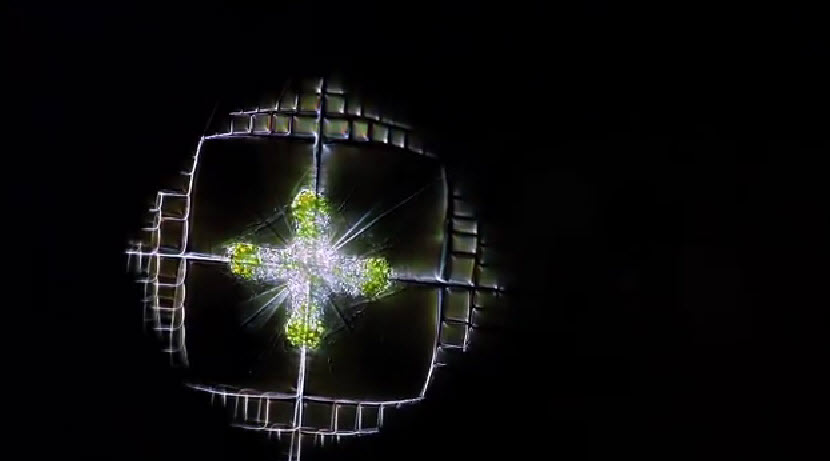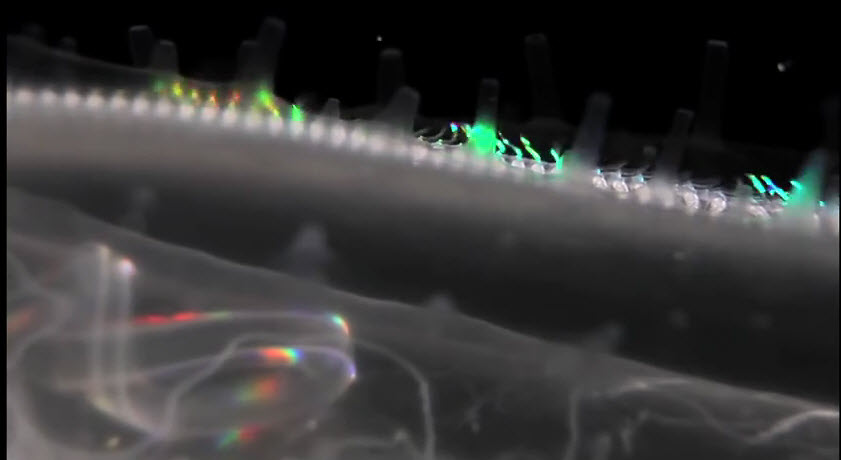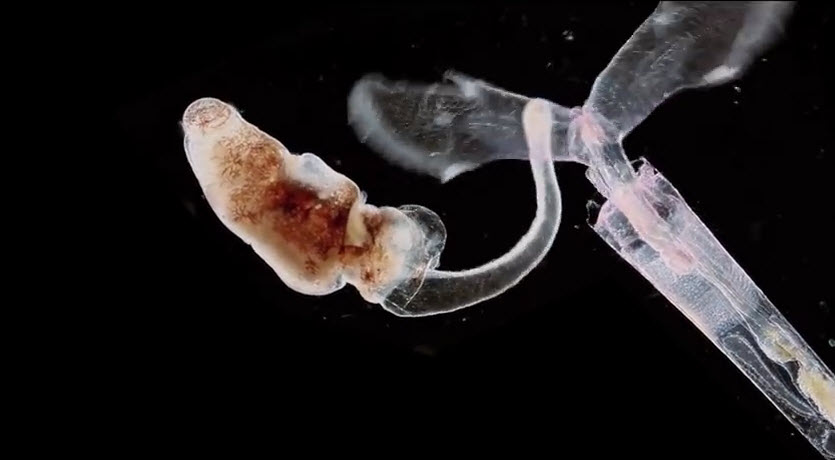How Much Do You Know About Plankton?
(221).jpg)
Planktons are microscopic plants in the aquatic ecosystem. Play this informative quiz to see how much do you you know about plankton. The quiz contains various questions that will gauge your understanding of the topic and will also enhance your information reservoir about them. The quiz will be helpful for a last-minute revision of the topic before the exam. If you like the quiz, do share it with your peers. All the best!
- 1.
The term "plankton" comes from the Greek word planktos, which means...
- A.
Wandering
- B.
Floating
- C.
Innumerable
- D.
Transparent
Correct Answer
A. WanderingExplanation
The term "plankton" comes from the Greek word "planktos," which means "wandering." This is because plankton are microscopic organisms that drift or float in the water, unable to swim against the current. They are at the mercy of ocean currents and are constantly moving or "wandering" with the water.Rate this question:
-
- 2.
What distinguishes phytoplankton from other types of plankton?
- A.
Phytoplankton are plants, zooplankton are animals
- B.
Phytoplankton are female, zooplankton are males
- C.
Phytoplankton are artificial, zooplankton are real
- D.
Phytoplankton are larger than zooplankton
Correct Answer
A. Phytoplankton are plants, zooplankton are animalsExplanation
Phytoplankton are distinguished from other types of plankton because they are plants, while zooplankton are animals. This differentiation is based on the classification of organisms into the plant and animal kingdoms. Phytoplankton, such as algae, are photosynthetic and produce their own food using sunlight, while zooplankton, such as small crustaceans, feed on other organisms. This fundamental difference in their biological characteristics sets them apart from each other.Rate this question:
-
- 3.
Why are phytoplankton important?
- A.
They are the base of the food chain in the ocean
- B.
They are pretty, oh so pretty
- C.
They are food for seals and sharks
- D.
They are the top of the food chain in the ocean
Correct Answer
A. They are the base of the food chain in the oceanExplanation
Phytoplankton are important because they serve as the foundation of the ocean's food chain. They are primary producers that convert sunlight and nutrients into organic matter through photosynthesis. This organic matter is then consumed by zooplankton, which are in turn eaten by larger organisms such as fish, seals, and sharks. Without phytoplankton, the entire marine ecosystem would collapse as there would be no source of food for higher trophic levels.Rate this question:
-
- 4.
According to the video, how abundant are plankton?
- A.
There can be more than a million in a teaspoon of water
- B.
The weight of all the plankton in Lake Erie would be equal to the weight of the Empire State Building
- C.
If you lined up all the Earth's plankton, end-to-end, they would stretch to the moon
- D.
They account for about half of all the biomass on the planet
Correct Answer
A. There can be more than a million in a teaspoon of waterExplanation
Plankton are incredibly abundant, with there being more than a million in just a teaspoon of water. This demonstrates the sheer number and density of plankton in aquatic environments.Rate this question:
-
- 5.
All plankton are microscopic.
- A.
True
- B.
False
Correct Answer
B. FalseExplanation
This statement is false because not all plankton are microscopic. Plankton refers to a diverse group of organisms that float or drift in the water. While many plankton are indeed microscopic, there are also larger species of plankton, such as jellyfish and some types of algae, that can be seen with the naked eye. Therefore, the statement that all plankton are microscopic is incorrect.Rate this question:
-
- 6.
What’s one of the more interesting parenting behaviors of the amphipod Phronima?
- A.
She eats her young if no other food is available
- B.
She creates a house for her young from the carcass of her prey
- C.
She decapitates other plankton—including other Phronima, if nearby— to feed her young
- D.
She attaches her eggs to the gastrovascular opening of the Lion’s Mane Jellyfish so that the larva can feed on the jellyfish’s effluvia
Correct Answer
B. She creates a house for her young from the carcass of her preyExplanation
The interesting parenting behavior of the amphipod Phronima is that she creates a house for her young from the carcass of her prey. This behavior is unique and fascinating as it demonstrates the resourcefulness and adaptability of this species. By repurposing the remains of her prey, Phronima ensures the safety and protection of her offspring, providing them with a sheltered environment. This behavior showcases the remarkable evolutionary strategies that organisms develop to ensure the survival of their offspring.Rate this question:
-
- 7.
A fish narrates this video. How does plankton figure into the fish's story?
- A.
The fish ate plankton during its larval days
- B.
The fish was plankton during its larval days
- C.
The fish was bycatch in a commercial krill fishing harvest
- D.
During a red tide, phytoplankton produced a neurotoxin that killed the fish
Correct Answer(s)
A. The fish ate plankton during its larval days
B. The fish was plankton during its larval daysExplanation
The fish's story involves plankton in two ways. Firstly, the fish ate plankton during its larval days, which suggests that plankton was a source of food for the fish during its early stages of life. Secondly, the fish itself was plankton during its larval days, indicating that the fish was in a larval stage and likely had a similar lifestyle and characteristics as plankton during that time.Rate this question:
-
- 8.
Why did the narrator call this "edible gold"?
- A.
It's phytoplankton, which make their own food through photosynthesis
- B.
If you eat them, your teeth will turn gold
- C.
They are gold colored
- D.
Zooplankton farm phytoplankton in fields of gold
Correct Answer
A. It's phytoplankton, which make their own food through photosynthesisExplanation
The narrator called it "edible gold" because phytoplankton, which make their own food through photosynthesis, are being referred to as "edible" and they are being compared to gold in terms of their value or significance.Rate this question:
-
- 9.
Why is this plankton green?
- A.
It's phytoplankton, it contains chlorophyll like all other plants and chlorophyll is GREEN
- B.
The green in this organism is a reflection from a green fish that is passing by
- C.
It's made out of jade
- D.
It probably ate lots of green shrimp
Correct Answer
A. It's phytoplankton, it contains chlorophyll like all other plants and chlorophyll is GREENExplanation
The correct answer is that the plankton is green because it contains chlorophyll, like all other plants. Chlorophyll is the pigment responsible for the green color in plants, as it is involved in the process of photosynthesis. Since phytoplankton are plant-like organisms, they also contain chlorophyll, which gives them their green color.Rate this question:
-
- 10.
Phytoplankton lives near the surface so that they can capture energy from sunlight.
- A.
True
- B.
False
Correct Answer
A. TrueExplanation
Phytoplankton, which are microscopic plants, live near the surface of water bodies such as oceans and lakes. This is because they need sunlight to carry out photosynthesis, a process through which they convert sunlight into energy. By living near the surface, phytoplankton can maximize their exposure to sunlight and efficiently capture the energy they need for survival and growth. Therefore, the statement that phytoplankton lives near the surface to capture energy from sunlight is true.Rate this question:
-
- 11.
The largest daily migration on Earth occurs when zooplankton rises from the depths at night to feed on phytoplankton.
- A.
True
- B.
False
Correct Answer
A. TrueExplanation
The statement is true because zooplankton, which are small aquatic organisms, rise from the depths of the ocean at night to feed on phytoplankton, which are microscopic plants. This daily migration is considered the largest on Earth because it involves a massive movement of organisms from the deep ocean to the surface. This behavior is crucial for the zooplankton's survival as it allows them to access their food source and avoid predators during the dark hours.Rate this question:
-
- 12.
What do some plankton use bioluminescence for?
- A.
For protection
- B.
To attract a mate
- C.
To attract prey
- D.
To help them in the process of photosynthesis
Correct Answer(s)
A. For protection
B. To attract a mate
C. To attract preyExplanation
Some plankton use bioluminescence for multiple purposes. They use it for protection by emitting light to startle or confuse predators. They also use it to attract a mate by producing flashes of light as a form of communication. Additionally, some plankton use bioluminescence to attract prey by luring them with their glowing light.Rate this question:
-
- 13.
Although this wasn't covered in the video, it's highly likely that zooplankton, like larger animals, can be carnivores, herbivores, or omnivores.
- A.
True
- B.
False
Correct Answer
A. TrueExplanation
The given statement suggests that although the video did not cover the topic, it is highly likely that zooplankton, like larger animals, can have different feeding habits such as being carnivores, herbivores, or omnivores. This implies that zooplankton, being a diverse group of organisms, can obtain their nutrition from various sources, including other organisms, plants, or a combination of both.Rate this question:
-
Quiz Review Timeline +
Our quizzes are rigorously reviewed, monitored and continuously updated by our expert board to maintain accuracy, relevance, and timeliness.
-
Current Version
-
Nov 16, 2023Quiz Edited by
ProProfs Editorial Team -
Mar 12, 2014Quiz Created by
Kevin Aulow
 Back to top
Back to top



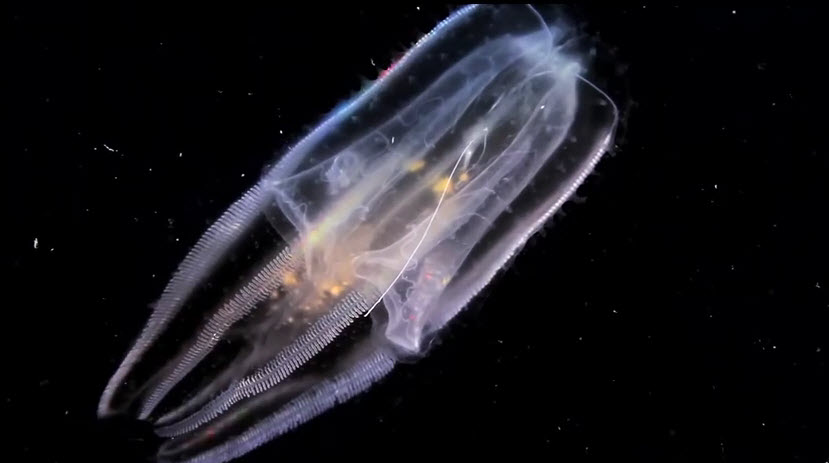
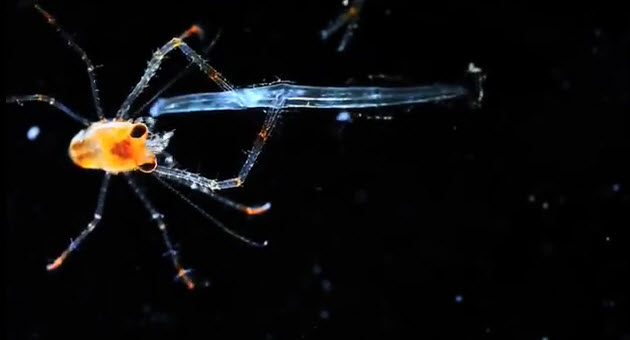
.jpg)
